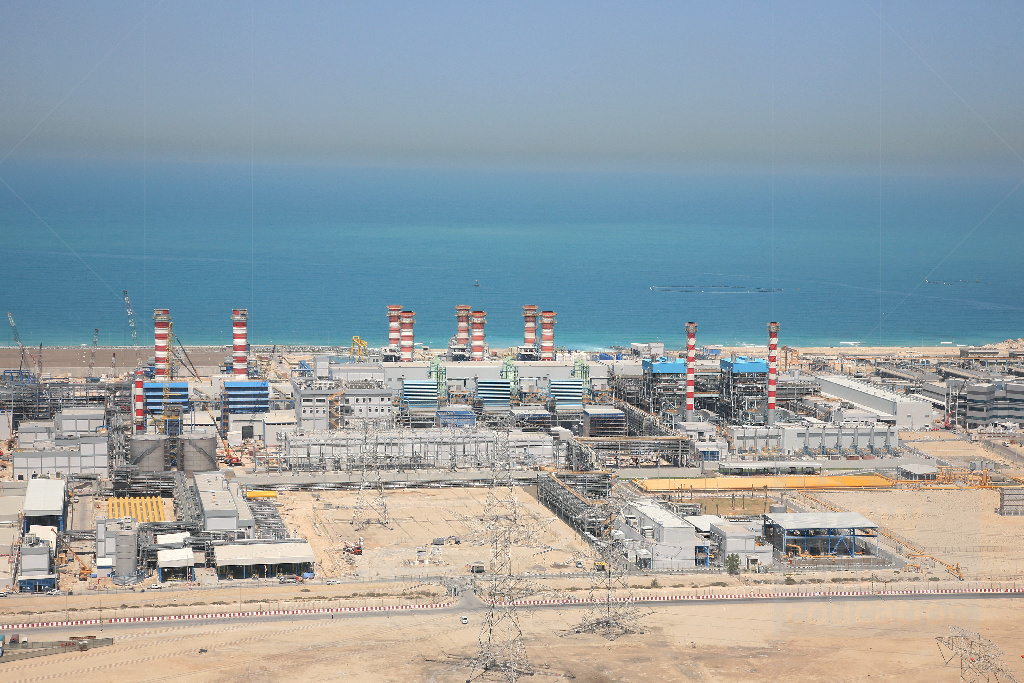Seawater desalination involves removing salts and minerals from water and discharging a higher-concentration solution, or brine, to the sea. The brine effluent may affect the water quality (for example, salinity) and organisms—particularly the growth of larval stages—in the discharge environment. To meet the worldwide growing demand for freshwater, roughly 16,000 desalination plants produce about 95 billion liters (25 billion gallons) of water and 142 billion liters (37.5 billion gallons) of brine per day. See also: Marine ecology; Seawater; Water desalination; Water pollution; Water supply engineering

To reduce the environmental impact and cost of discharging brine into the ocean as a by-product of seawater desalination, researchers have proposed using this waste brine as a raw material for producing sodium hydroxide (NaOH) and hydrochloric acid (HCl) using a process called direct electrosynthesis. Reporting in the journal Nature Catalysis (February 2019), the researchers describe the electrochemical reactions to produce these chemicals. In the direct electrosynthesis process, oxygen (O2) is produced at the anode, and hydrogen (H2) is produced at the cathode. Oxygen and hydrogen react with sodium chloride (NaCl) from brine in membrane-separated compartments to produce NaOH and HCl, respectively. For the direct electrosynthesis process to be feasible, a catalyst must be used to selectively produce O2 at the anode while suppressing the production of chlorine gas (Cl2). See also: Catalysis and catalysts; Electrochemistry
Both NaOH and HCl are economically important compounds, as the global annual market is about 70 metric tons for NaOH and 5 metric tons for HCl. In addition, NaOH and HCl recovered from seawater desalination brine can be used to pretreat seawater entering desalination plants to precipitate ions that currently clog reverse-osmosis membranes. This is important because most of the desalination plants built since 2005 use the reverse-osmosis processes. In addition, NaOH and HCl are used to remove boron ions from desalination water. This is required for agriculture because boron is toxic to most crops. See also: Advanced desalination; Membrane separations





